calsfoundation@cals.org
Heber Springs (Cleburne County)
County Seat
| Latitude and Longitude: | 35º29’29″N 092º01’52″W |
| Elevation: | 354 feet |
| Area: | 9.09 square miles (2020 Census) |
| Population: | 6,969 (2020 Census) |
| Incorporation Date: | October 12, 1882 |
Historical Population as per the U.S. Census:
|
1810 |
1820 |
1830 |
1840 |
1850 |
1860 |
1870 |
1880 |
1890 |
1900 |
|
– |
– |
– |
– |
– |
– |
– |
– |
322 |
552 |
|
1910 |
1920 |
1930 |
1940 |
1950 |
1960 |
1970 |
1980 |
1990 |
2000 |
|
1,126 |
1,675 |
1,401 |
1,656 |
2,109 |
2,265 |
2,497 |
4,589 |
5,628 |
6,432 |
|
2010 |
2020 |
|
|||||||
|
7,165 |
6,969 |
|
Heber Springs, the county seat of Arkansas’s youngest county, has been identified as a tourist area from the beginning. Even before the town was formed, the area was known for its mineral springs. Since the formation of Greers Ferry Lake on the Little Red River in the early 1960s, the town has become a popular resort for camping, boating, and other water sports.
Pre-European Exploration
At least 10,000 years ago, people hunted and foraged in the land that would become Cleburne County. At some point nearly 2,000 years ago, they began to domesticate plants, including corn and squash, and around 1,000 years ago they established settled communities with substantial houses, especially in the river valleys. Over 200 archaeological sites are known to exist in Cleburne County, although some of them are now under Greers Ferry Lake.
By the time of historic records, the Osage were controlling all of northwest Arkansas, claiming it and utilizing it as a hunting territory to the exclusion of all other Native Americans. Their main villages were to the north in Missouri, but their expeditions undoubtedly visited the area. They used rock shelters for food storage, temporary camps, and burial places, but never for long-term occupation.
Louisiana Purchase through Early Statehood
When the earliest settlers arrived in the area now known as Heber Springs in the 1830s, they were attracted to scenic Sugar Loaf Mountain to the east and the mineral springs that bubbled out of the ground in the valley nearby. In 1835, the United States granted to John Magness a land patent for a forty-acre tract which included that part of the present town of Heber Springs on which Spring Park, with its seven mineral springs is located. Two years later, Magness sold the plat for $150 to Richard B. Lee, R. D. C. Collins, William McKim, and John T. Jones of Helena (Phillips County).
Efforts were made by Jones and his partners to develop a watering place similar to Eureka Springs (Carroll County) or Hot Springs (Garland County). Jones took a proposal to the General Assembly of the new state of Arkansas in 1837, and the following year, that body approved an act to incorporate the White Sulphur Springs Company “for the purpose of making it a healthy resort for the citizens of Arkansas.” The sulphur water did not attract tourists for bathing, but after the town was incorporated, the springs became known for their medicinal qualities. An 1886 booklet entitled “The Famous Health Resort of Heber Springs and Cleburne County,” claimed, “The sulphur springs are a sure cure for dyspepsia, headache, biliousness and hundreds of other ailments.” Only seven of the springs are maintained in modern times.
During the next several years, there were disagreements among the partners, and transactions ensued which resulted in Jones taking the case to court to obtain partition of the property. The judge, instead, ordered it to be sold for auction in March 1851. There were no bids on that date, but in a second ordered auction in September of that year, John T. Jones once again purchased the tract, this time for $189.
Civil War through the Gilded Age
Jones held the tract undeveloped and unused for thirty years, during which time he acquired an additional fifty acres west of the original tract. In August 1881, he sold the entire tract, except for one acre reserved for his own use, to Max Frauenthal, a native of Bavaria residing in Conway (Faulkner County).
Frauenthal promptly organized the Sugar Loaf Springs Land Company and sold shares to ten men, most of them from Conway. The object of the land company was to build a town. A bond for title with 680 acres of land, including the site of the sulphur springs, was executed, and the company immediately proceeded to have a town site surveyed and plotted. The plat, signed by W. C. Watkins, secretary, was filed for record in Van Buren County. Spring Park was incorporated as a part of the original town plat.
When the town was incorporated, it was named Sugar Loaf Springs, but when the town applied for a post office, the U.S. Postal Service rejected the name. The town fathers then agreed on the name Heber, honoring Dr. Heber Jones of Memphis, Tennessee, son of Judge John T. Jones, early owner of the town site. From 1882 to 19l0, the post office was called Heber, and the town was called Sugar Loaf. At that time, in an effort to attract visitors to the springs, the names of both the post office and the town were changed to Heber Springs.
Early Twentieth Century
The Missouri and North Arkansas (M&NA) Railroad stimulated business when it was built and opened to passenger service in 1908. Tourists flocked to Sugar Loaf Springs and filled the eleven rooming houses and hotels that were built to serve them. Doctors sent patients to Heber Springs to drink the mineral water for relief from nervous disorders and stomach ailments. Main Street thrived with a movie house, an open–air skating rink, an ice cream parlor, a bowling alley, and other diversions. Fishing and picnics on the Little Red River were popular among residents and summer visitors.
The Depression years brought a blow to the economy, and tourism ground to a halt. As early as the 1930s, the U.S. Army Corps of Engineers began mapping for a dam on the Little Red for flood control. U.S. senators J. William Fulbright and John L. McClellan and Representative Wilbur D. Mills took an active role in the 1950s in advancing prospects for a dam. Public meetings were held, and the Greers Ferry Dam Association was formed in Heber Springs. Construction began in 1959, and when the dam was completed and dedicated by President John F. Kennedy on October 3, 1963, the event put Heber Springs and Greers Ferry Lake on the map.
Modern Era
The town’s population has grown to more than 7,000 in the twenty-first century. Residential developments attracted people from Arkansas and other states. Eden Isle—with its luxurious homes, Red Apple Inn and Restaurant, marina and boat docks, and top-rated golf course—became a model for other housing developments during the 1960s and 1970s. Tourism thrived. Thousands now flock to Greers Ferry Lake for camping, fishing, boating, swimming, scuba diving, and other water sports. The national fish hatchery and aquarium below the dam attracts visitors from all parts of the country. The Little Red River, now famous for rainbow trout in the cool tail-water of the dam, has become a favorite fishing spot year round, and many boat docks offer ready access to the river.
Attractions
Spring Park in the center of town, with its seven medicinal springs, invites year-round visitors and accommodates seasonal carnivals, antique automobile shows, and other events. Local people still come to the springs with their water jugs to carry the medicinal water home.
Special events in Heber Springs include Spring Fest in April, Main Street parades, the famous Cardboard Boat Race in July, and a fireworks display over the lake on July 4. The Old Soldiers Reunion is the longest continuing annual event in the area, having been celebrated annually since 1887. A lighted parade and a Holiday Trail of Lights Tour commemorate the Christmas season. Throughout the year, visitors and residents can enjoy dramatic productions at the Gem Theater and displays of local art at the Arts Council Gallery on Main Street. Heber Springs is also the home of nationally known Aromatique products and of the Glynda Turley Showroom and Art Gallery.
Heber Springs is one of nineteen locations in the state where Depression-era post office art can be viewed. The Cleburne County Courthouse, built in 1914, is on the National Register of Historic Places, as is the Mike Meyer Disfarmer Gravesite, the burial location of portrait photographer Mike Disfarmer. The Women’s Community Club Band Shell, built in 1933, is also an important landmark.
For additional information:
Berry, Evalena. Sugar Loaf Springs: Heber’s Elegant Watering Place. Conway, AR: River Road Press, 1985
———. Time and the River: A History of Cleburne County. Little Rock: Rose Publishing Company, 1982.
Evalena Berry
Little Rock, Arkansas
 Black Sulfur Spring
Black Sulfur Spring 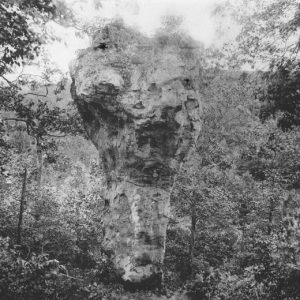 Candle Stick Rock
Candle Stick Rock 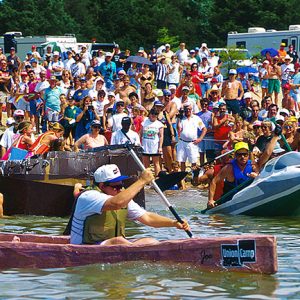 Cardboard Boat Race
Cardboard Boat Race 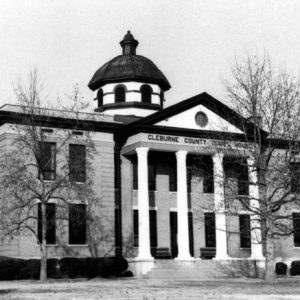 Cleburne County Courthouse
Cleburne County Courthouse 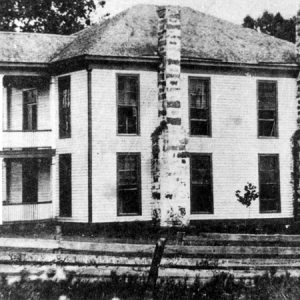 First Cleburne County Courthouse
First Cleburne County Courthouse  Cleburne County Map
Cleburne County Map 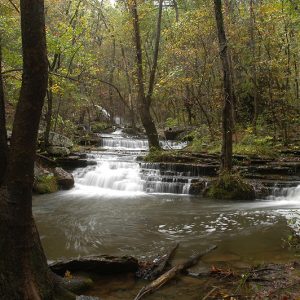 Collins Creek
Collins Creek  Michael Disfarmer
Michael Disfarmer  Frauenthal House
Frauenthal House  Max Frauenthal
Max Frauenthal 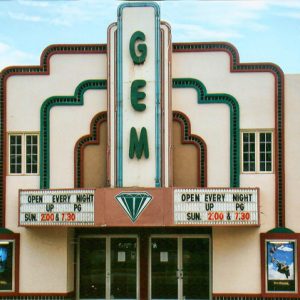 Gem Theater
Gem Theater 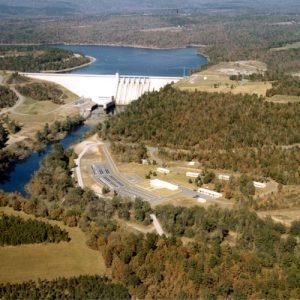 Greers Ferry Dam
Greers Ferry Dam 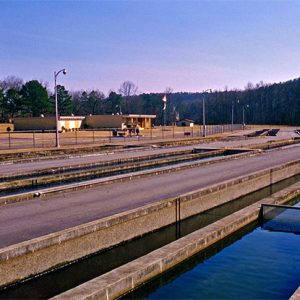 Greers Ferry National Fish Hatchery
Greers Ferry National Fish Hatchery 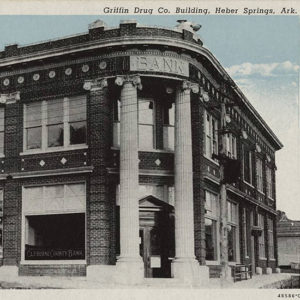 Griffin Drug
Griffin Drug 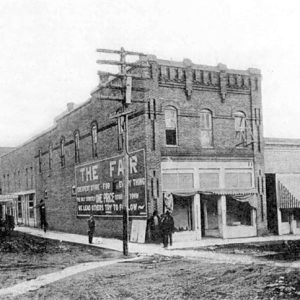 Heber Springs Building
Heber Springs Building  Heber Springs Depot
Heber Springs Depot 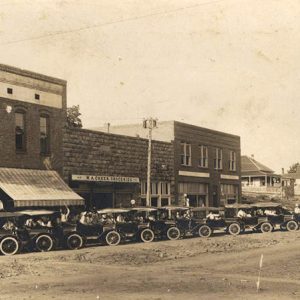 Heber Springs Street Scene
Heber Springs Street Scene 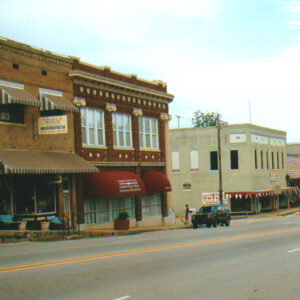 Heber Springs Street Scene
Heber Springs Street Scene 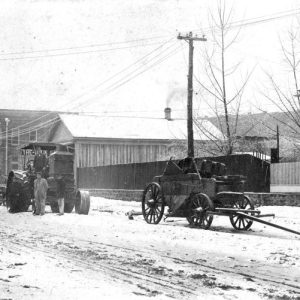 Heber Springs Street Scene
Heber Springs Street Scene  Heber Springs Street Scene
Heber Springs Street Scene  Heber Springs Street Scene
Heber Springs Street Scene 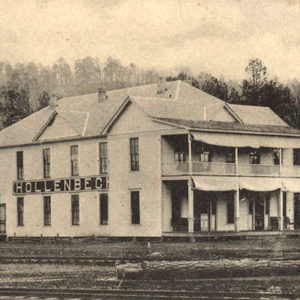 Hollenbeck Hotel
Hollenbeck Hotel  Hotel Adrian
Hotel Adrian 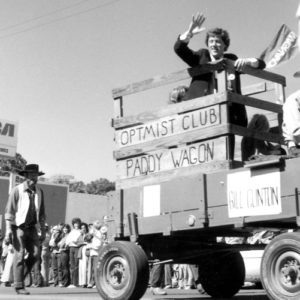 Ozark Frontier Trail Festival
Ozark Frontier Trail Festival 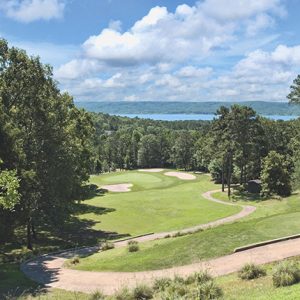 Red Apple Inn Country Club
Red Apple Inn Country Club 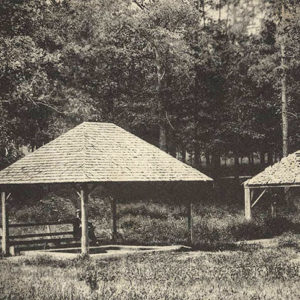 Red Sulphur Springs
Red Sulphur Springs 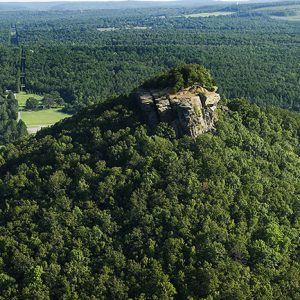 Sugarloaf Mountain
Sugarloaf Mountain 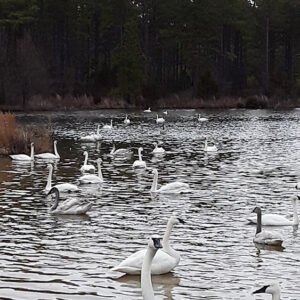 Swans during Migration
Swans during Migration 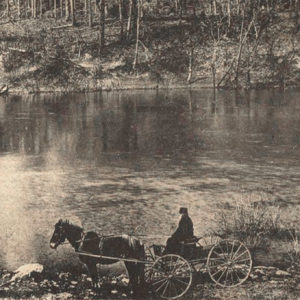 Tumbling Shoals Ferry
Tumbling Shoals Ferry  Winkley Bridge
Winkley Bridge 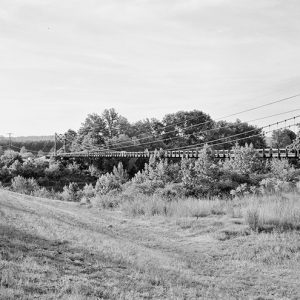 Winkley Bridge
Winkley Bridge 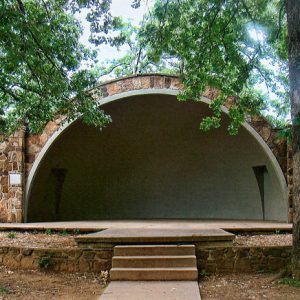 Women's Community Band Shell
Women's Community Band Shell 




Comments
No comments on this entry yet.